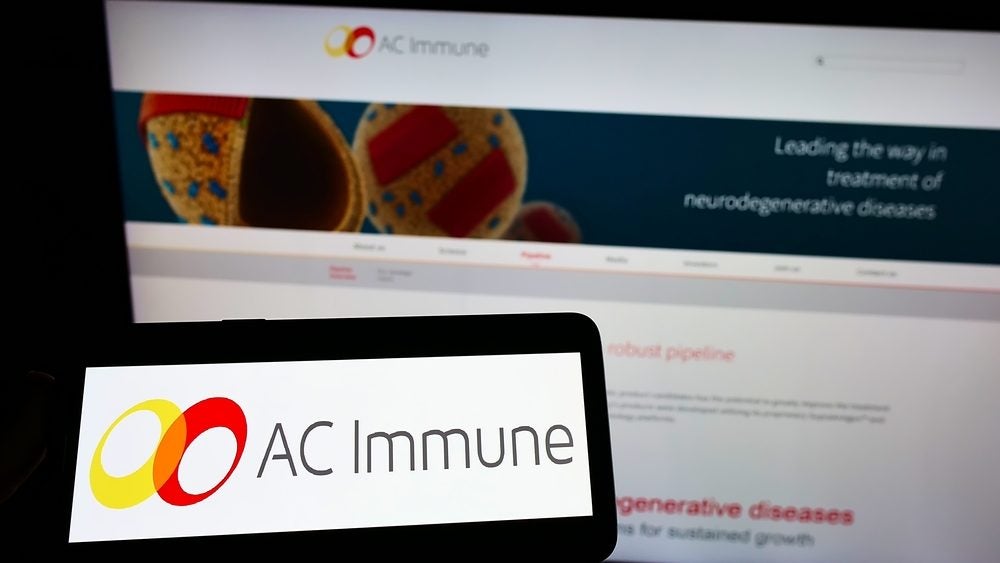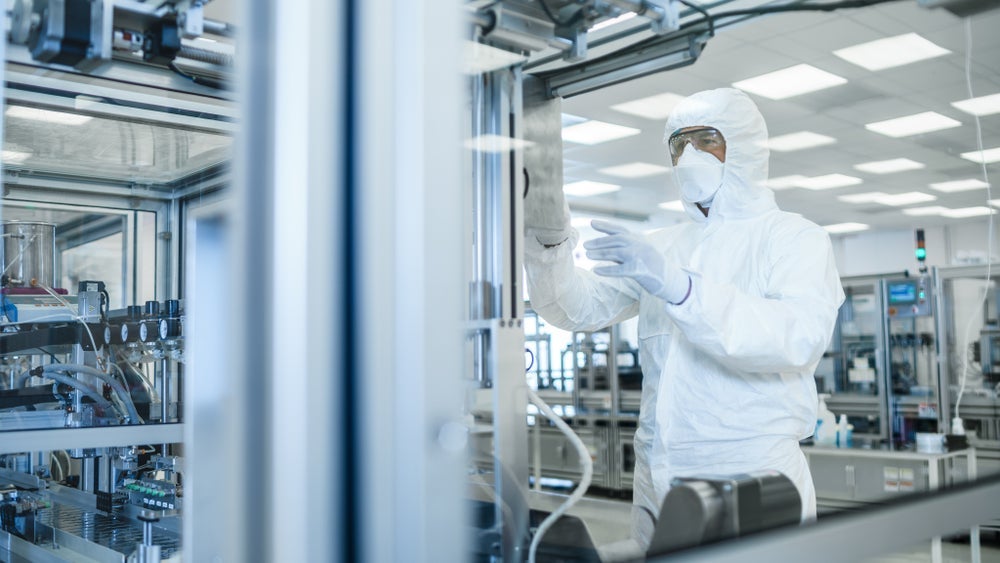Genzyme has patented a method for detecting anti-drug antibodies in human body fluids. The method involves saturating free drug with excess ADA, forming drug/ADA complexes, and reducing interference in drug assays by dissociating the complexes using polyethylene glycol and an acidic solution. GlobalData’s report on Genzyme gives a 360-degree view of the company including its patenting strategy. Buy the report here.
According to GlobalData’s company profile on Genzyme, was a key innovation area identified from patents. Genzyme's grant share as of February 2024 was 61%. Grant share is based on the ratio of number of grants to total number of patents.
Method for reducing interference in drug assay due to antibodies
A recently granted patent (Publication Number: US11927596B2) discloses a method for reducing interference in drug assays caused by the presence of anti-drug antibodies (ADA) in a sample. The method involves saturating free drug with an excess amount of ADA to form drug/ADA complexes, which are then treated with polyethylene glycol (PEG) to create a precipitate. This precipitate is further processed with an acidic solution to dissociate the drug/ADA complexes, allowing the drug to be immobilized on a substrate for the drug assay, effectively minimizing interference from ADA.
The patent claims cover various aspects of the method, including the types of drug assays it can be applied to, the different forms of drugs that can be used, the substrates for immobilizing the drug, the detectable labels for determining drug presence, and the specific concentrations and types of PEG and acid solutions utilized in the process. Additionally, the method addresses modifying drugs to reduce immunogenicity, utilizing different types of substrates such as polymeric materials, and employing a range of acids for dissociating drug/ADA complexes. The patent also specifies the molecular weights and concentrations of PEG and acid solutions, as well as the diverse range of drugs that can be tested using this method, including antibodies, enzymes, and engineered proteins.
To know more about GlobalData’s detailed insights on Genzyme, buy the report here.
Data Insights
From

The gold standard of business intelligence.
Blending expert knowledge with cutting-edge technology, GlobalData’s unrivalled proprietary data will enable you to decode what’s happening in your market. You can make better informed decisions and gain a future-proof advantage over your competitors.







